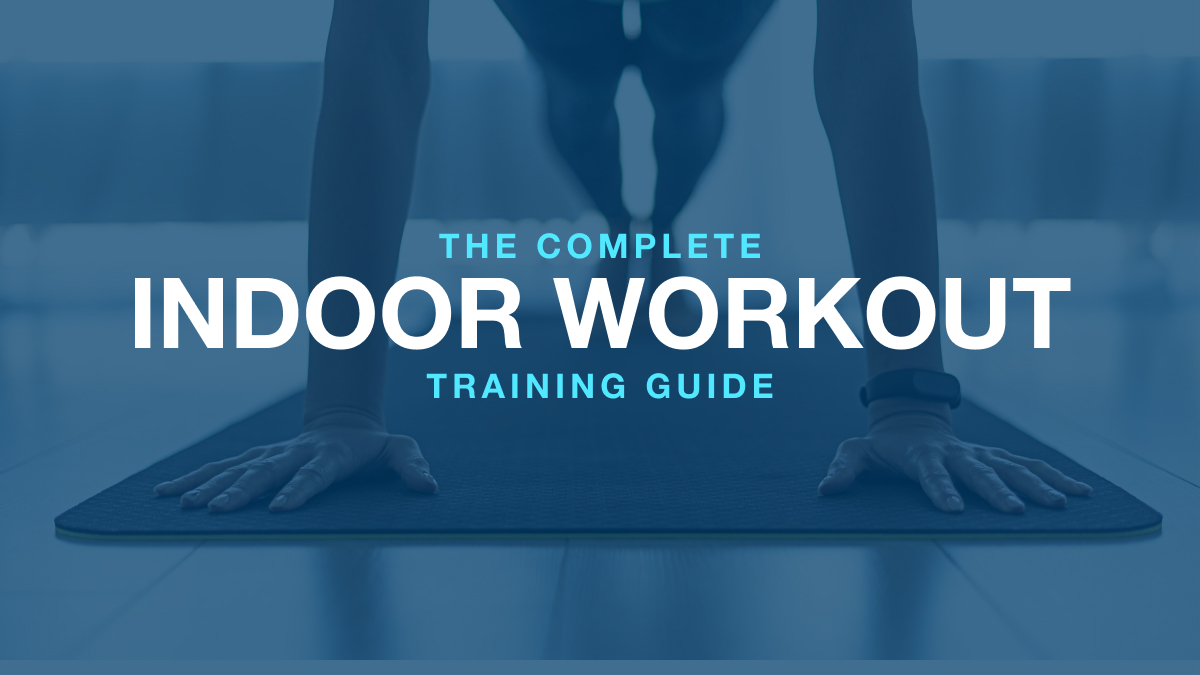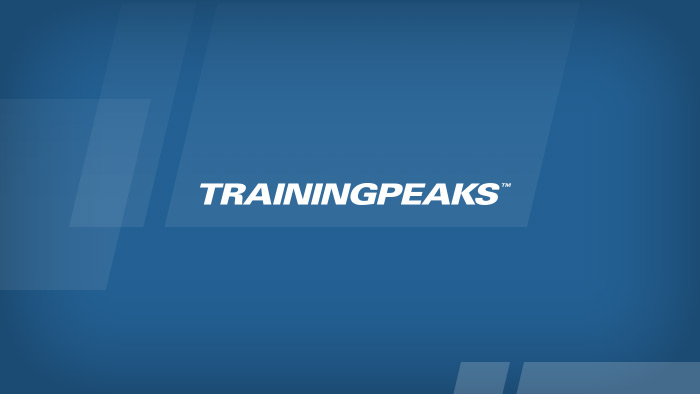With many gyms and training facilities still closed or at limited capacity, many athletes have been training at home and may continue to do so for the near future. Many have limited strength equipment and rely heavily on bodyweight exercises (any exercise in which the athlete’s body is providing the resistance) for their strength program. These could include exercises such as pushups, planks, lunges, and TRX suspension exercises as an example.
Bodyweight exercises are efficient, and require little to no equipment or dedicated space. However, one of the drawbacks is that it is difficult to progress the intensity, since doing so requires an increase in weight. The only way to progress these exercises is by adjusting body position or adding repetitions or sets to the exercise. Unfortunately, adding repetitions beyond 10-12 reps per set will improve muscular endurance and have minimal impact on muscular strength—and for endurance athletes, muscular endurance is best developed within your sport, such as swimming with paddles, riding or running hills.
To develop strength, sets should be in the 3-10 rep range. Adding small increments of weight over time will help to keep the intensity high. Below are three ways you can progressively overload your bodyweight exercise. Each tool is versatile and will add a new dimension to your training.
Weighted Vest ($50-$200)
There is a wide variety of vests on the market. Some have fixed weight, while others allow you to add and remove weight in 1-2-pound increments. Vests are form-fitting and work great with TRX /suspension trainers, pull ups and push up variations to name a few. For lower body exercises, holding dumbbells while wearing a weighted vest can provide a lot of resistance.
Weighted Backpack ($0-$40)
Triathletes always have old backpacks lying around. This is a great low-cost alternative for a weighted vest. Placing a few 5-10 lb. weight plates or sandbags in the backpack will allow you the same versatility as the weighted vest.
Weighted Sandbags ($80-$150)
Although not inexpensive, sandbags are very durable and come with several filling bags and multiple handles for varied hand positions. Depending on the size of the bag, the weight can vary from 5-100 lbs. With sandbags, athletes can perform many of the same exercises done with dumbbells or barbells.
An additional benefit of using a sandbag is that dropping it will not damage floors or make loud sounds. A low-cost alternative option is to place sandbags into an old duffle bag. You will not have the same handle options or durability, but you can’t beat the price.
Hopefully you have been doing strength training all year, and have maxed out your current options and need new ways to increase intensity. Adding a vest or sandbag to your training arsenal will allow you to add more intensity and variety to your training to reduce injuries and improve performance.









